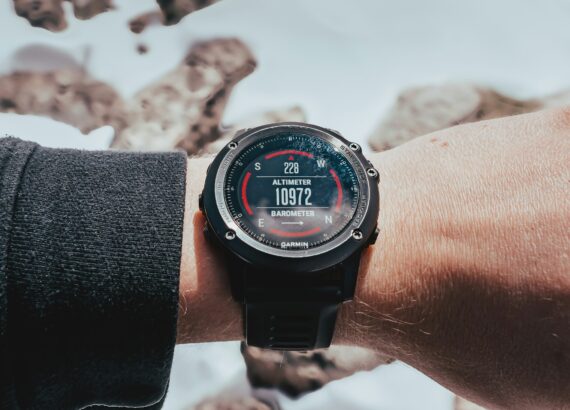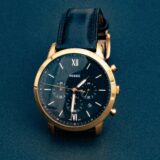In the symphony of education, Different Types Of Notes play a pivotal role in orchestrating the melody of comprehension and retention. From the classroom to the boardroom, notes are the silent companions that help us navigate the intricate terrain of knowledge. However, notes are not a one-size-fits-all entity; they come in a myriad of forms, each tailored to cater to diverse learning styles and preferences. In this exploration, we delve into the fascinating world of notes, unraveling the unique characteristics of different types that shape our learning experiences.
Cornell Notes: A Structured Symphony Different Types Of Notes
The Cornell Types Of Note-taking System, developed by education expert Walter Pauk, is a structured and organized approach to note-taking. The page is divide into sections: a narrow left-hand column for cues or questions, a wider right-hand column for actual notes, and a summary at the bottom. This method not only promotes active engagement during lectures but also facilitates efficient review and self-assessment. It’s a melody of meticulousness that harmonizes with analytical minds.
Mind Maps: Artistic Flourishes in Learning
Mind mapping is a visual note-taking technique that transforms information into a graphical representation. The central idea is placed in the center, and related concepts branch out like limbs, creating a visual network of information. This type of note-taking is particularly effective for visual learners and those who thrive on making connections between different concepts. Mind maps are the Picasso of note-taking, turning information into an artistic masterpiece.
Outline Notes: The Backbone of Understanding
For those who prefer a linear and hierarchical structure, outline notes provide a clear and systematic approach. Information is organized in a hierarchical format, with main topics and subtopics presented in a logical sequence. This form of note-taking is often favored in academic settings, facilitating the digestion of complex material. Outline notes act as the backbone, providing a sturdy framework for understanding and retention.
Sentence Method: Crafting Coherent Narratives
The sentence method involves writing complete sentences that capture the essence of the information. This approach is suitable for learners who benefit from a more narrative and detailed representation of content. It encourages active listening and comprehension, as students must synthesize information into cohesive sentences. The sentence method transforms notes into a story, making the learning experience more engaging and memorable.
Charts and tables are powerful tools for organizing and comparing information systematically. This note-taking method is particularly effective when dealing with data, statistics, or any information with a clear structure. Charts bring clarity to complexity, allowing learners to navigate through seas of information with ease. Whether it’s a bar graph or a Venn diagram, charting notes transform raw data into comprehensible visual aids.
Annotation: Conversations with Text
Annotation involves interacting directly with the text by highlighting, underlining, and jotting down comments or questions in the margins. This method is common in literature and research-based note-taking, fostering a direct and personal connection with the material. Annotations are like a dialogue between the reader and the text, turning notes into a dynamic conversation that deepens understanding and critical thinking.
Dictation: Echoes of Verbal Learning Different Types Of Notes
For auditory learners, dictation can be a powerful note-taking method. This involves transcribing spoken words or lectures verbatim. While it requires a keen ear and fast writing skills, dictation captures the nuances of spoken language, making it an ideal choice for those who absorb information better through hearing. Dictation notes echo the cadence of verbal learning, preserving the rhythm and tone of the speaker.
Conclusion: Different Types Of Notes
In the symphony of learning, notes compose the melody that resonates within our minds. The diversity of note-taking methods reflects the richness of our cognitive preferences and learning styles. From the structured elegance of Cornell Notes to the artistic flair of mind maps, each type of note contributes a unique note to the grand composition of education.
There are various types of notes catering to different purposes. Meeting notes capture key discussions and action items, aiding in post-meeting follow-ups. Lecture notes help students organize information from classes for effective studying. Personal notes, like diaries, serve as a reflective tool. Additionally, survival wrist watches offer multifunctional features for outdoor enthusiasts. Built with compasses, barometers, and altimeters, they assist navigation in challenging terrains. Some models incorporate fire starters and paracord, enhancing their utility in emergencies. These wristwatches are essential tools, combining timekeeping with survival functionalities, ensuring wearers are equipped for both everyday tasks and unexpected situations.







